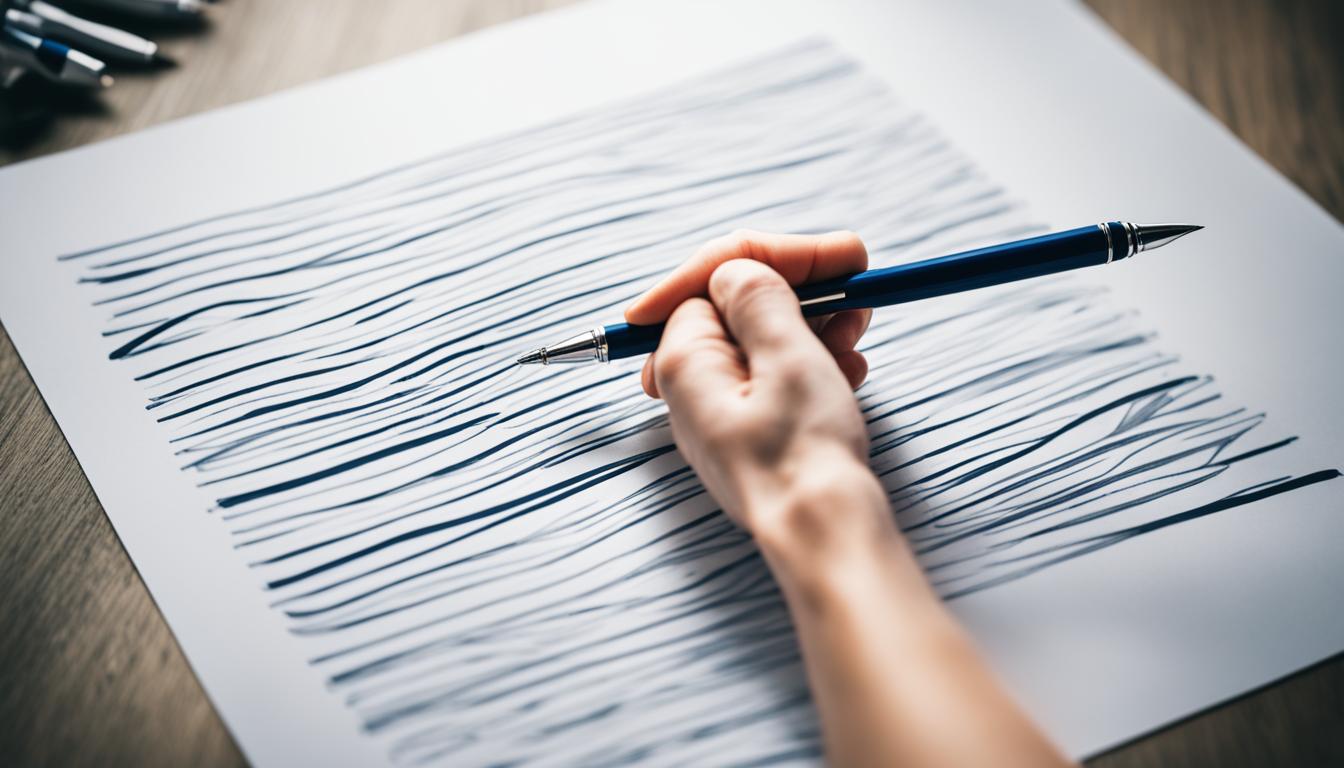Dystonia is a complex neurologic disorder. It causes involuntary muscle contractions. These lead to abnormal and repetitive movements, known as dystonic movements. It affects around 1% of the population.
The symptoms of dystonia can be mild or severe. They vary in where they appear on the body. Common signs include dragging a leg, foot cramps, and involuntary neck pulling.
Other symptoms are uncontrollable blinking, difficulty speaking, and shaky handwriting. Stress and fatigue make these worse. People with dystonia may feel constant pain and fatigue due to muscle cramps.
There are three types of dystonia: genetic, acquired, and idiopathic. Genetic dystonia comes from abnormal genes from parents. This includes types like DYT1 and DRD. Acquired dystonia happens due to brain damage from things like trauma or stroke. Idiopathic dystonia has no known cause and varies in symptoms.
Diagnosing dystonia involves a detailed evaluation. This includes a physical exam and tests like blood work and genetics. Personal and family history are also checked.
Doctors treat dystonia with medication, therapy, and sometimes surgery. Medications like levodopa and botox shots help. In severe cases, deep brain stimulation or surgery might be needed. Physical, occupational, and speech therapy also help. So do alternative therapies like yoga and meditation.
Key Takeaways:
- Dystonia is a neurologic disorder characterized by involuntary muscle contractions.
- It can cause abnormal and repetitive movements known as dystonic movements.
- The symptoms of dystonia can vary in severity and affect different parts of the body.
- Dystonia can be genetic, acquired, or idiopathic.
- Diagnosis involves a comprehensive evaluation, including a physical examination and various tests.
- Treatment options for dystonia include medication, surgery, and therapy.
- Alternative and complementary therapies may provide additional support.
- Stem cell therapy is an emerging treatment option for dystonia management.
Types and Causes of Dystonia
Dystonia is a condition where muscles contract involuntarily. It can be grouped into three types: genetic, acquired, and idiopathic.
Genetic dystonia comes from abnormal genes from parents. It has different subtypes, like:
- DYT1 dystonia: A rare type that starts in childhood. It affects mostly the arms and legs.
- DYT3 dystonia: Shows trembling, stiff muscles, and slow movements, similar to Parkinson’s.
- Dopa-responsive dystonia (DRD): Known also as Segawa’s disease. It comes from DYT5 mutations. DRD starts in childhood, gets worse during the day, but gets better with levodopa treatment.
- Myoclonus-dystonia: Is known for quick muscle contractions called myoclonus. It is caused by DYT11 mutations.
- Rapid-onset dystonia-parkinsonism: Caused by DYT12 changes, it has fast Parkinson’s-like symptoms appearing.
Acquired dystonia happens after damage to the basal ganglia of the brain. It is caused by head trauma, stroke, or other injuries. Unlike genetic dystonia, this type affects only certain body parts and doesn’t spread.
Idiopathic dystonia is when we don’t know the cause. This type includes many cases without a clear reason. The cause of idiopathic dystonia is still under study.
Knowing the types and causes of dystonia helps in treating the condition. It also adds to our understanding of this complex disorder.
Diagnosis and Treatment of Dystonia
Diagnosing dystonia involves checking the body, talking about your family’s past, and running tests. These tests check your blood, urine, and sometimes your spinal fluid. They also look for any genes that could be causing the problem. Tests like EEG or EMG help gather info to find out if you have dystonia.
When doctors confirm you have dystonia, they work on a plan to help you. Most often, they start with medicine to ease your symptoms. Medicines like levodopa, tetrabenazine, and special injections are used. They are chosen based on what kind of dystonia you have.
If the dystonia is really bad, surgery might be an option. One surgery is deep brain stimulation (DBS). It puts small wires in your brain to help control your muscles better. This surgery has been very helpful for many.
Therapy is also a big part of treating dystonia. Physical therapy makes your body stronger and helps you move better. Occupational therapy helps you do everyday things more easily. If you have trouble speaking, speech therapy can improve your voice and how well you can swallow.
There are also other things that might help, like yoga or meditation. These can make you feel better apart from the usual treatments. They help a lot of people with dystonia.
Conclusion
In conclusion, dystonia is a complex neurologic disorder. It’s known for making muscles act on their own, causing strange movements. These movements can differ in how bad they are and which body parts they affect. Dystonia can come from genes, brain injuries, or reasons we don’t know yet.
When it comes to diagnosing dystonia, doctors look at a lot of things. They do physical exams, check your and your family’s health history, and run tests. The treatment for dystonia changes based on what symptoms you have and how bad they are. Doctors may use medicine, surgery, or therapy to help. Medicines work to calm muscle movements and ease symptoms. But, in severe cases, surgeries like deep brain stimulation might be an option.
Therapy is key in managing symptoms and getting better at moving and talking. Physical, occupational, and speech therapy are big helps. Some people find relief with other treatments that aren’t mainstream. One exciting area is stem cell therapy, which is showing promise.
We need to know more about dystonia to help treat it better. Looking into new treatments, like stem cell therapy, offers hope. With more research, we can find ways to help those with dystonia live better lives.

